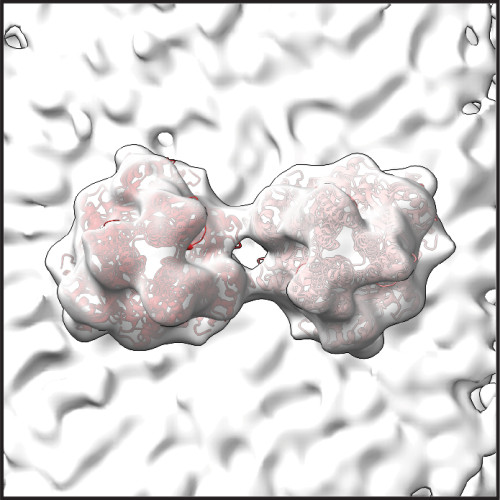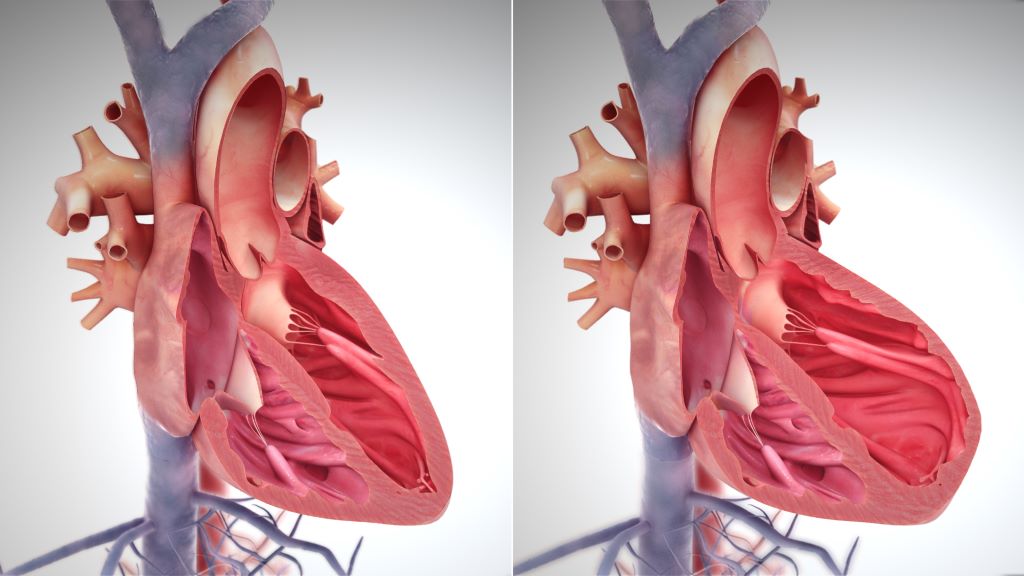Bonitas – Innovation, Life Stages and Quality Care

Lee Callakoppen, Principal Officer of Bonitas Medical Fund, talks about the year ahead for Bonitas Medical Aid and its members.
The medical scheme industry has faced turbulent conditions over the past 12 months with the debate over NHI, economic pressures and reserves coming under pressure.
Despite this, our value creation model stood us in good stead with over R1.4 billion in reserves given back to members through benefit enhancements and low and deferred increases in 2022 and 2023.
The Fund, which has a proud heritage spanning over four decades, today (October 2) announced its pricing and benefits strategy for 2025. These announcements are traditionally seen as ‘price hikes’ but our strategy also considered benefit hikes in response to member needs.
Calculating the changes
The percentage increases are meticulously calculated by our actuaries, balancing the financial sustainability of the Scheme, while adhering to regulatory guidelines and requirements outlined by the Council for Medical (CMS). And, while Bonitas has seen a positive performance, we’ve had to take measures to prevent instability in our environment in arriving at our weighted increase of 10.2% as of January 1, 2025.
Over the past few years, we kept our contribution increases well below the industry average, while maintaining a healthy financial position while ensuring benefits are not eroded.
The contribution increases range from 8.7% to 14.9% per plan, with the latter impacting only 1% of members. The increases and new benefits have been submitted to the CMS and are subject to their approval.
The Bonitas Board and Executive’s input considered: Market trends, including international healthcare protocols, industry analysis, benchmarking reports and benefit utilisation patterns. Integral to this process was independently commissioned research across core stakeholder groups including brokers, HR representatives, corporates and local government.
Membership profile
Our members are from across a diverse range of backgrounds – with corporate membership spanning over 65 industries and profiles varying from students and singles to families, established professionals and those enjoying their golden years.
A quintet of awards
One way of measuring and gaining insights on whether a brand is getting it right, is through independent surveys and audits from industry bodies and consumers themselves. Recently Bonitas was announced the winner of the ‘Medical Aid Category’ in the Ask Afrika Orange Index® Awards for 2024/2025. It is the 4th category win over the past seven years. Principles such as trust, sustainability, reputation and care feature strongly in top customer need attributes.
It is also the 5th accolade for the Scheme this year, others include: Two BHF Titanium Awards for’ Best Integrated Report’ and ‘Best Operational Performance’, Top 500’s ‘Leader for medical aid’ and a gold in the Daily Sun Reader’s Choice Awards.
The life stage model
Our new model is designed to revitalise our approach based on industry, life stage and various psychographic and behavioural science elements. This is supported by a diverse product range, tailored wellness and screening benefits, access to healthcare services and optimised member communication to drive education and improve benefit access.
We continue to make health risk assessments and preventative care screenings a core enabler for managed healthcare initiatives. After all, early detection and speedy intervention is critical to enhancing our member’s quality of life. For example, roughly half of our population have high blood pressure. The latest international treatment protocols, recommend self-monitoring to help individuals manage their blood pressure more effectively. In keeping with this, a blood pressure monitor will be funded over a two-year cycle per family.
So, what’s new?
Integrated chronic care family practitioner network
There is a direct correlation between chronic diseases and mental health. For 2025, we have added a mental health component into our GP network, to facilitate early disease detection, diagnosis and multi-disciplinary care-coordination, through the high-quality network of doctors. In addition, we will provide more personalised engagement and support through the enhanced maternity programme, to treat antenatal and postnatal depression.
Hearing Loss Management (Audiology)
This includes free online hearing screening for all South Africans. Members on selected plans will receive hearing aids, audiology services and hearing aid acoustic services of the highest quality by using a network provider.
Weight Management Programme
Obesity or being overweight, substantially increases the risk of morbidity from at least fifteen conditions, including: Hypertension, coronary artery disease, diabetes, strokes, sleep apnoea and respiratory problems and cancer.
The programme, led by a biokineticist registered with Biokinetic Association of South Africa, provides a holistic approach to weight loss that includes access to a dietician and psychologist for support on exercise, nutrition and mental health.
Female Health Programme
We’re making a renewed commitment to the health and wellbeing of women and toddlers through the Mother and Child Care Benefit, including the Maternity Programme. Launched earlier this year in collaboration with CareWorks, the programme has an emphasis on preventative care and early detection of female-specific health issues, based on life stages.
Our enhanced Maternity Programme includes support for expecting mothers, including early identification and weekly engagement for high-risk pregnancies, post-childbirth care and associated mother mental health follow-up calls, given the prevalence of pre and postnatal depression.
It includes milestone reminders for children under three, immunisation reminders and online screenings for infant and toddler health and screening by an ophthalmologist for premature neonates, on all options except BonCap. This allows for early intervention and, where possible, prevents blindness. We’ve also opted to cover antenatal vitamins on all plans through savings or the Benefit Booster.
Bonitas Geriatric Care
This is a personalised range of screening, prevention and wellness benefits which can be performed in the comfort of their own homes and includes: Wellness screenings, vaccines for flu and pneumonia, age-appropriate screening for prostate, breast and cervical cancer, osteoarthritis screenings, coordination of care with a nominated GP, chronic care management and support and fall-risk assessments to allow seniors to live independently. All covered from Risk.
Diabetic retinopathy screenings
In partnership with PPN, our members can access cutting edge, AI driven diabetic retinopathy screenings. The screening also detects several other conditions that could affect the eyes.
Benefit Booster
The Benefit Booster remains the only benefit in the market which provides members with access to up to R5 000 as an additional benefit to use for out-of-hospital expenses, at no extra cost. For 2025, we’ve opted to bolster the Benefit Booster on seven plans, to offer even more value for money while providing access to additional benefits.
Despite the challenges in the healthcare industry, we continue to run a tight ship, staying on course to meet the diverse needs of our members with innovative benefits, a life stage model and a commitment to quality care.
Because we know health is not just a plan, it’s a lifelong journey.’






